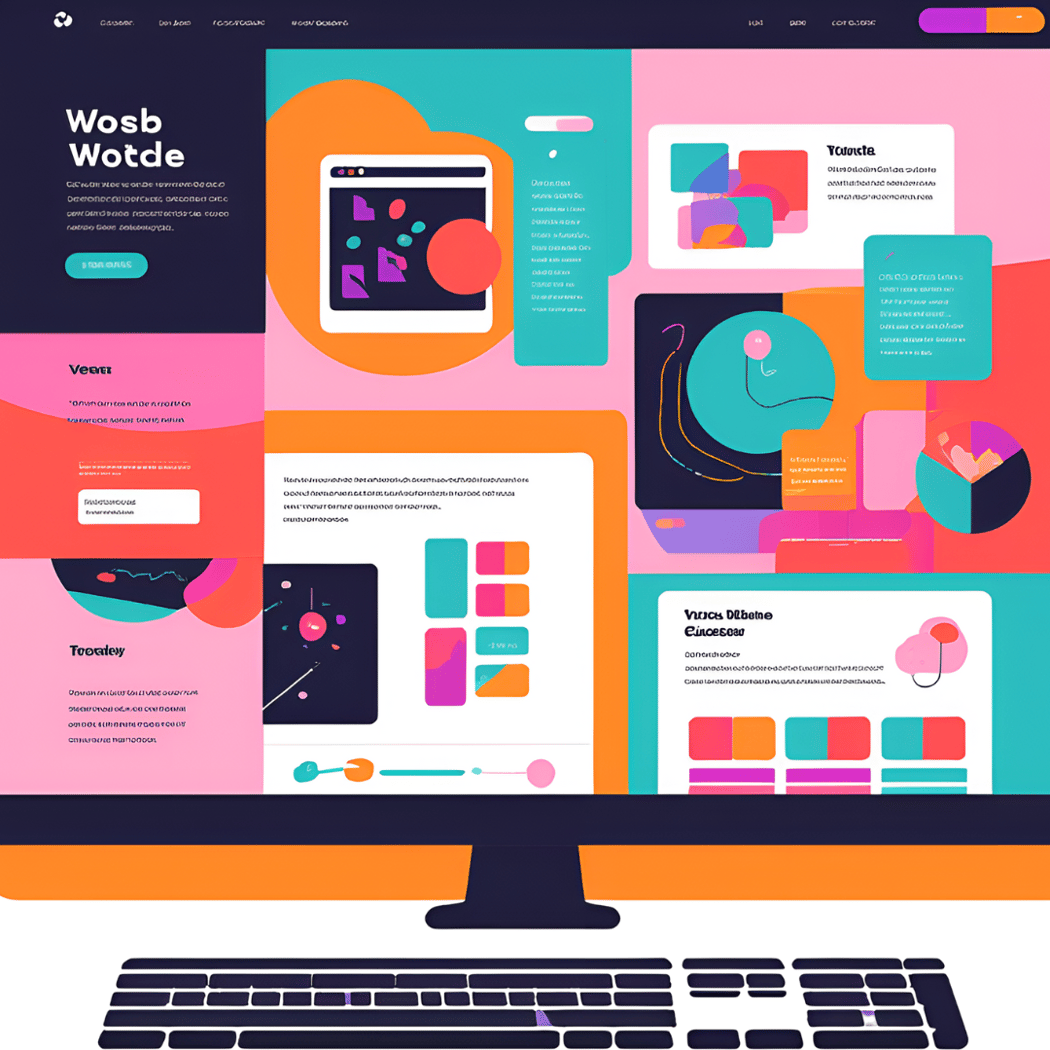
How to Design an E-Commerce Website in 2025 that Drives Sales
February 18, 2025
3min read

February 18, 2025
3min read
The internet is saturated with online stores, but not all of them are created equal. A beautiful website might catch the eye, but if it doesn't convert visitors into paying customers, it's ultimately failing its purpose. Designing an e-commerce website that drives sales is about more than just aesthetics; it's about creating a seamless, intuitive, and persuasive experience for your customers. A strategically designed website can be the key to driving sales and outperforming competitors. This blog post explores the essential elements of an e-commerce website that not only attracts visitors but also converts them into loyal customers.
So, how do you build an online shop that doesn't just exist, but thrives? Let's break down the key elements:
1. Understanding Your Audience is Crucial
Before you even think about color palettes or font choices, you need to deeply understand your target audience. Ask yourself:

.png?width=582&height=344&name=Brown%20Simple%20Email%20Newsletter%20Digital%20Product%20Mockup%20Instagram%20Post%20(1).png)
By understanding your audience, you can tailor your website to meet their specific needs and preferences, making them more likely to convert.
2. Prioritize User-Friendliness and Navigation
A confusing or difficult-to-navigate website is a surefire way to lose potential customers. Keep these points in mind:



.png?width=316&height=683&name=IMG_5160%20(1).png)
3. Showcase Your Products with Compelling Visuals
Humans are visual creatures, and high-quality product images are crucial to success.


4. Craft Persuasive Product Descriptions
Don't just list features; tell a story and highlight the benefits.



5. Build Trust and Credibility
Earning your customers' trust is essential for converting them into repeat buyers.



.png?width=729&height=380&name=Untitled%20design%20(10).png)
6. Simplify the Checkout Process
A complicated or lengthy checkout process is a common reason for cart abandonment.

7. Analyze, Iterate, and Optimize
Launching your website is just the first step. Continuously analyze your data and make adjustments.
.jpg?width=735&height=346&name=What%20Is%20Google%20Analytics%204_%20(And%20When%20Should%20I%20Upgrade%20to%20GA4_).jpg)


The Bottom Line
Designing an e-commerce website that drives sales is an ongoing process that requires a deep understanding of your audience, a focus on user experience, and a commitment to continuous improvement. By focusing on these key elements, you can create an online store that attracts, converts, and retains loyal customers. Now go out there, and build something amazing!
Marketing strategies must be carefully crafted to stand out and resonate with target audiences. One of the pivotal components of any effective marketing strategy is the landing page. When paired with the right tools, such as custom websites and...
Did you know thatmobile devices dominate internet usage, accounting for over 60% of global web traffic? A mobile-friendly website is no longer optional—it’s an essential tool for businesses looking to thrive in the competitive online landscape.
Online website is more than just an online storefront, it is a key tool to help your business grow. But even a good-looking website can cause problems if certain issues aren’t fixed.